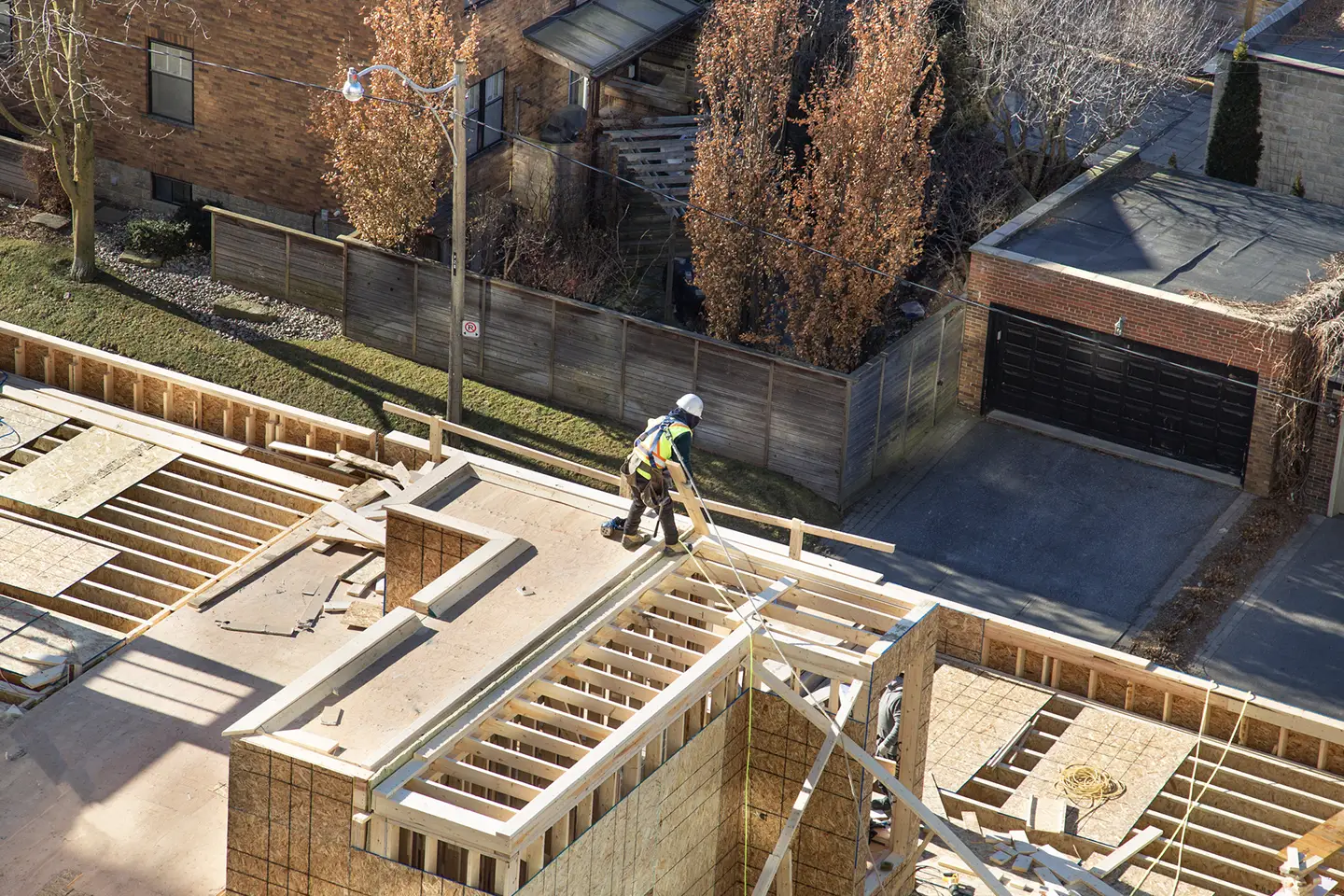Canada Strong: Federal Budget 2025

The Topline
- $78.3 billion deficit for 2025/2026, reducing each year to $56.6 billion by 2029/2030.
- $280 billion in capital investments: $115 billion towards infrastructure, $110 billion in productivity and competitiveness measures, $30 billion for defence, $25 billion for home building.
- Decrease in the size of the public service by about 10%; 40,000 jobs eliminated by 2028-2029.
What You Need to Know
This afternoon in the House of Commons, François-Philippe Champagne, Minister of Finance and National Revenue, tabled the federal government’s Budget 2025 titled “Canada Strong,” a direct echo of the Liberal campaign slogan. As Prime Minister Mark Carney’s first budget, it seeks to bear his imprint as a hands-on prime minister, setting a clear direction for his administration’s economic agenda amidst the chaos of the tariff dispute with the United States. He has pitched this as a budget of investment and renewal, but one that also asks Canadians, including government, business and households, by his own words, to accept sacrifices. The rhetoric is bold: revitalize the Canadian economy, modernize public service structures, respond to external pressures, and yet keep Canada’s fiscal bearings. Canadian voters and opposition parties will be the ultimate arbiters of whether the right balance has been struck.
In his speech, Minister Champagne framed Budget 2025 as a generational response to a moment of profound global uncertainty. It is a time not for retreat, he said, but to “raise our sails” and build a stronger, more resilient Canada. He emphasized three overarching themes, as follows.
First, a bold investment. Canada must seize this period of global upheaval to build nation-shaping infrastructure, accelerate housing construction, attract talent, strengthen supply chains, and catalyze private capital, investing at a “speed and scale not seen in generations.”
Second, disciplined government. Operational spending will be restrained, public-service growth will be brought back to sustainable levels, and a new capital budgeting framework will ensure resources are focused on productivity and long-term capacity, not bureaucracy.
Third, economic sovereignty and trade diversification. With the rules-based order shifting and U.S. trade pressures rising, Canada must become “masters in our own house,” reduce reliance on a single market, and build an industrial base capable of competing globally, supported by trade-diversification corridors, a Buy Canadian policy, and targeted support for sectors facing tariffs and global disruption.
Together, these pillars are meant to advance the Budget’s central promise to move Canada “from reliance to resilience,” and to build a stronger, more confident country ready to lead in the next era of global competition.
This Budget presents a projected deficit of approximately $78.3 billion, falling gradually to $56 billion by 2029/30, which represents $321.7 billion of new debt over the next five years. As a result, the debt-to-GDP ratio of around 42% will rise gradually to 43% over the same period. The new fiscal anchors have moved away from debt-to-GDP, instead targeting a reduction in deficit-to-GDP and balancing operating expenditures with revenues. The economic outlook calls for anemic GDP growth of just 1.1% this year and 1.2% in 2026.
In sum, six months into its time in office since winning a minority government in April’s election, the Carney government has tabled a Budget that also serves as one of the first guiding documents for its outlook and priorities beyond initial legislative measures. It seeks to underscore Carney’s pledge that Ottawa intends to be more ambitious than a standard incremental fiscal update: the message is to modernize infrastructure, elevate exports, invest smartly, but also tighten where possible.
Whether the broader economy, provinces and private sector will respond favourably remains to be seen. Politically, the stakes are high. As a confidence measure, the Budget motion must pass the House of Commons after four mandated days of debate, and the government has already begun both quiet and, at times, public discussions with opposition parties to secure support. While the Official Opposition Conservative Party remains sceptical, having stated it would not support a budget that surpassed a $42 billion deficit we assume for the purposes of this brief, and based on many conversations held on background, that opposition leaders will ultimately find a pathway to avoid triggering an election, either by voting in favour of the Budget or abstaining from voting against it.
Next Steps
Now that the Budget has been tabled in Parliament, procedural rules require four days of debate including the tabling date. The Budget vote is therefore expected to take place on Friday, November 7, which means the government has three days to secure the three extra votes needed for passage.
We fully expect the Budget will pass narrowly, with the Conservatives and Bloc Québécois voting against it, and sufficient NDP support and abstentions to see it through. Once the Budget is adopted, the government is expected to move quickly to table the Budget Implementation Act (BIA), which contains the legislative measures required to enact the Budget’s commitments. We have been told by officials that the government hopes to pass the BIA before the Christmas break, but this may prove challenging given that there will be only four sitting weeks left ahead of the holidays.
Click here to read the full analysis.


